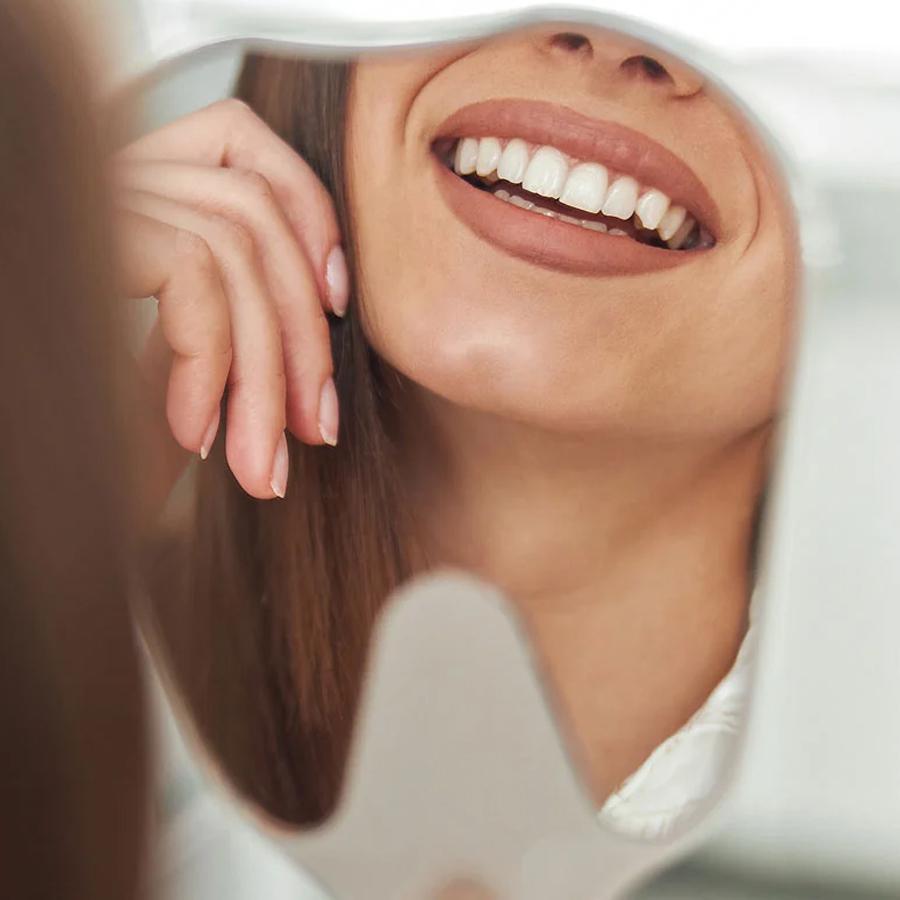A bright smile can light up a room, but keeping it healthy involves more than just daily brushing and flossing. Professional dental cleanings are a cornerstone of good oral hygiene, helping to prevent a wide range of issues before they become serious problems. While you might see your toothbrush and floss as your daily defense team, think of your dental hygienist as the specialized force that comes in to handle the challenges your home care routine can't manage.
Understanding the importance of these visits and how often you should schedule them is key to maintaining not just a beautiful smile, but your overall health. Many people believe a yearly visit is enough, while others diligently book an appointment every six months. The truth is, the ideal frequency isn't one-size-fits-all. It depends on your unique oral health profile, habits, and medical history. This guide will walk you through what happens during a professional cleaning, general frequency recommendations, and the factors that might mean you need to see your dentist more often.
What Happens During a Dental Cleaning?
If you've ever felt a bit nervous before a dental appointment, knowing what to expect can make the experience much more comfortable. A professional dental cleaning is a straightforward process designed to leave your teeth feeling exceptionally smooth and clean. Dr. Naina Jain and our team at El Cerro Dental follow a series of steps to ensure your mouth is in top condition.
Here’s a breakdown of a typical cleaning:
- Initial Examination: Before the cleaning begins, the dental hygienist will perform a brief physical examination of your entire mouth. They use a small mirror to check around your teeth and gums for any signs of inflammation, plaque and tartar buildup, or other potential concerns.
- Scaling (Removing Plaque and Tartar): This is the part of the cleaning that does the heavy lifting. Using a specialized tool called a scaler, the hygienist meticulously removes plaque and tartar from your tooth surfaces, between your teeth, and along the gumline. Tartar is hardened plaque that cannot be removed with regular brushing, and its removal is vital for preventing gum disease.
- Polishing: Once your teeth are free of tartar, the next step is polishing. The hygienist uses a high-powered electric brush and a gritty toothpaste-like paste. This process deep cleans the teeth and removes any surface stains, leaving them bright and smooth.
- Expert Flossing: Your hygienist will then perform a professional flossing session. This allows them to reach deep between your teeth and under the gumline to locate any potential trouble spots or areas where your gums might bleed. It's also a great opportunity for you to see the proper flossing technique in action.
- Fluoride Treatment: The final step is often a fluoride treatment. This helps protect your teeth and fight against cavities for several months. It's usually applied as a gel, foam, or varnish that sits on your teeth for a minute.
How Often Do You Need a Cleaning?
The most common recommendation, and the one many people are familiar with, is to visit the dentist for a cleaning and check-up every six months. This biannual schedule works well for a large portion of the population with good oral health. It allows for the timely removal of plaque and tartar buildup and gives Dr. Jain a regular opportunity to spot any developing issues, like cavities or early signs of gum disease, while they are still easy to treat.
For many dental insurance plans, this twice-a-year frequency is considered standard preventive care and is often fully covered. This has helped solidify the six-month interval as the go-to guideline.
Factors That Affect Cleaning Frequency
While twice a year is a good rule of thumb, it's not a universal prescription. Several factors can influence how often you should get your teeth cleaned. An ounce of prevention is worth a pound of cure, and for some individuals, more frequent visits are a crucial part of that prevention.
Here are some factors that might require you to schedule cleanings more often, such as every three or four months:
- Gum Disease (Gingivitis or Periodontitis): If you have a history of gum disease, more frequent cleanings are essential. Periodontal disease can cause pockets to form between your teeth and gums, where plaque and bacteria accumulate. Regular deep cleanings help manage the condition and prevent it from progressing.
- Smoking or Tobacco Use: Tobacco use is a significant risk factor for gum disease, oral cancer, and stubborn tooth staining. Smokers tend to accumulate plaque and tartar more quickly, making more frequent cleanings necessary to maintain oral health.
- Certain Medical Conditions: Health issues like diabetes, osteoporosis, and autoimmune diseases can affect your oral health and increase your risk for infections and gum problems. Similarly, some medications cause dry mouth, which reduces saliva's natural ability to wash away food particles and neutralize acids, leading to a higher risk of cavities.
- Genetics: Some people are simply more genetically prone to developing cavities or gum disease, regardless of how diligent their home care routine is. If your family has a history of dental problems, you may benefit from more frequent check-ups.
- Pregnancy: Hormonal changes during pregnancy can lead to "pregnancy gingivitis," characterized by swollen and bleeding gums. Extra cleanings can help manage these symptoms and keep your gums healthy.
The Benefits of Regular Dental Cleanings
Sticking to a regular dental cleaning schedule offers more than just a polished smile. These appointments are a powerful tool for safeguarding your long-term health.
Key benefits include:
- Preventing Cavities: Tartar buildup provides a breeding ground for the bacteria that cause tooth decay. By removing it, you significantly lower your risk of developing cavities.
- Stopping Gum Disease: Gum disease is the leading cause of tooth loss in adults. Regular cleanings are the most effective way to prevent and manage gingivitis before it advances to a more severe stage.
- Detecting Serious Health Issues: During an oral exam, your dentist can spot early signs of other health conditions, including oral cancer, diabetes, and even heart disease.
- Brighter Smile and Fresher Breath: Cleanings remove surface stains from coffee, tea, and tobacco, helping to keep your smile bright. They also remove the bacteria responsible for chronic bad breath (halitosis).
- Saving Money: Preventive care is always more affordable than restorative treatments. By catching problems early, regular cleanings can save you from needing more expensive and complex procedures like root canals, crowns, or implants down the road.
Your Partner in Lifelong Oral Health
Ultimately, the best way to determine the right dental cleaning schedule for you is to have an open conversation with your dentist. Dr. Naina Jain at El Cerro Dental in Danville, CA, can assess your individual oral health, discuss your lifestyle habits, and review your medical history to create a personalized care plan that keeps your smile healthy and vibrant for years to come.
Don’t wait for a problem to arise. Regular cleanings are a simple yet powerful investment in your health. If it's been a while since your last visit, or if you're wondering if your current schedule is right for you, we're here to help.



